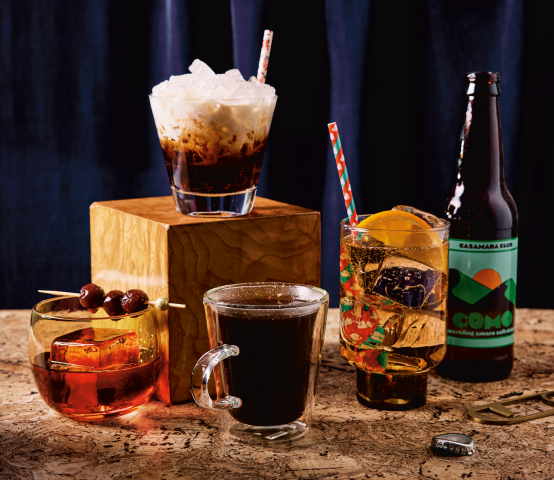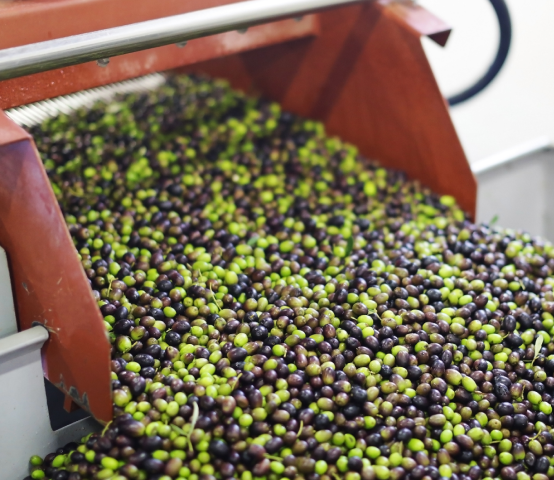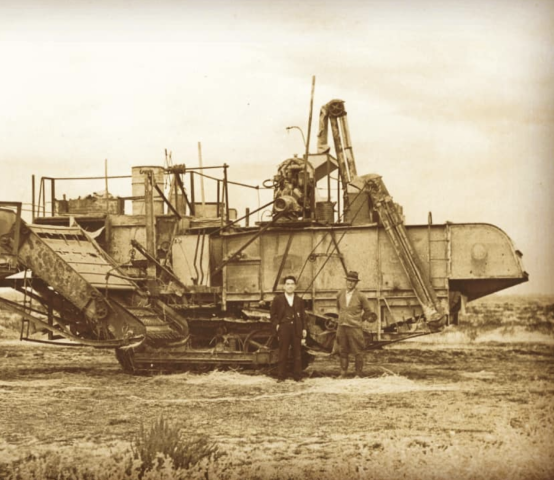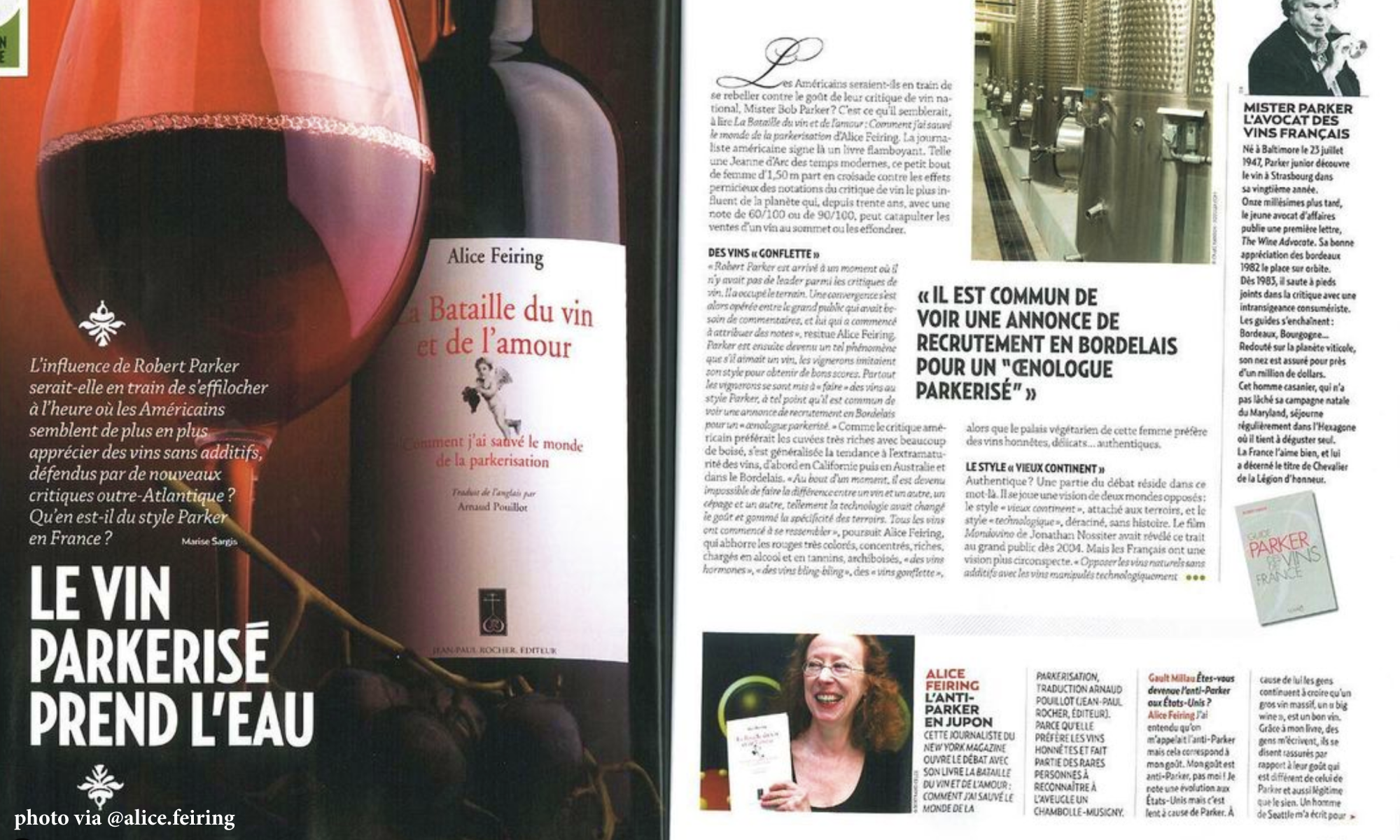
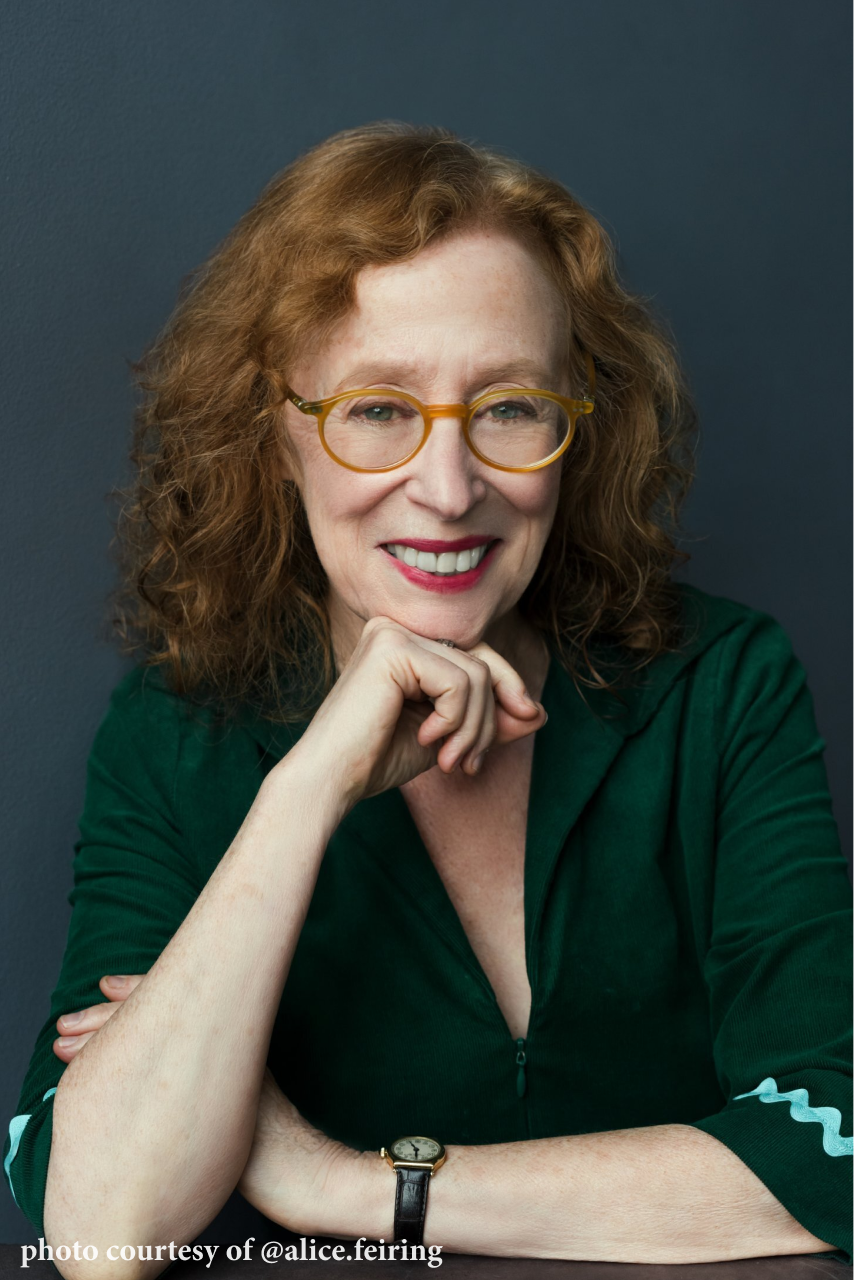
Alice Feiring rose to prominence when, in a 2001 article for the New York Times, she detailed the widespread use of additives in the California wine industry. She speculated that the then-relatively new technological advancements–reverse osmosis, tannin powders, micro-oxygenation systems–were being used by winemakers to impart characteristics favored by Robert Parker, America’s most famous wine writer and founder of the trade rag Wine Advocate, whose numerical 100-point scale grading system could mean the difference between runaway success and abject failure. She alleged that the so-called “Parkerization” of wine was stripping away the very things that drew Feiring to it in the first place, replacing the sense of place, time, and vintner’s personality with precisely calibrated yeast strains, commercial enzymes, and flavor-predicting software. It was all too much.
The resulting wine-world pandemonium cemented Alice’s position atop the rising tide of what we know today as the “natural wine” movement. Fiercely opinionated and unafraid of industry blowback, she’s spent the last two decades advocating for the type of wine production that works with nature, not against it, in articles for The New York Times, New York magazine, Time, AFAR, World of Fine Wine, and the beloved winezine, Noble Rot and many others. Since 2009 she’s published 6 books covering all aspects of natural wine and in 2012 began The Feiring Line, a newsletter which has evolved from a digitally distributed PDF to one of the most well respected and widely read sources on the subject.
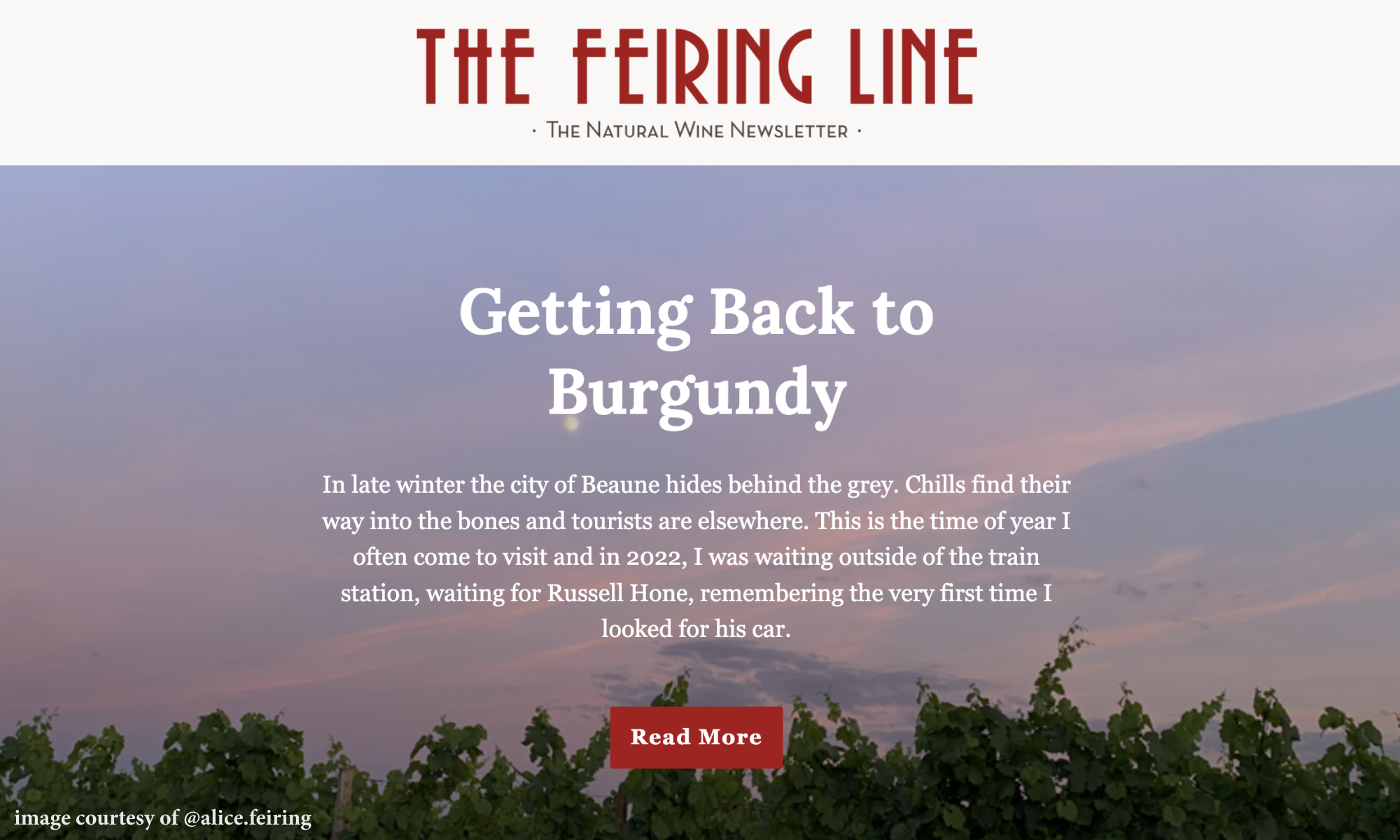
To Fall in Love, Drink This, her latest book, began as a series of pandemic-lockdown era meditations on the nature of drinking alone, and details Alice’s long and winding journey through the world of fermented grape juice. As huge admirers of all the work Alice has done over the years, we jumped at the chance to chat with her about her writing, her drinking, and how it all comes together.
(portions of this interview have been condensed and edited for clarity)

Wellspent Chats with Feiring
To Fall in Love, Drink This is your 6th book but the first that fully turns the lens on your own life and experiences, with wine as the subplot. What inspired you to tell your stories? And how did you choose which stories to tell?
In the beginning of the initial pandemic lockdown, I published an essay in New York Magazine about drinking alone in the pandemic. (My editor) loved it and wrote to me that she wanted a book of them… The only way I could see a structure was in memoir, stitched together with wine as a thread throughout, either pronounced or subtle.
In the "Faking It" chapter you write about your first big wine feature assignment, reporting on the emerging wine region of Long Island. In the wine essay of that same chapter you write about Vermont having done what Long Island did not, "given birth to true local wines and shown that local and great are not mutually exclusive." To you, what makes a successful local wine?
People always talk romantically about the local unpretentious wines they have in Spain, France… Croatia, wherever. These wines are almost always “no name,” and from some farmer down the road, poured from a carafe. These are invariably the most delicious and memorable of their trip. Those are wines that are simple, fresh… are not trying to model themselves on another region, they are just trying to make a simple wine to best express their place. To me, Long Island missed the mark when they tried to be Bordeaux. Vermont… Right now they are making beautiful wines, simply expressed and (that) are comfortable in their own skin, and in my glass.
You started your newsletter, The Feiring Line, back in 2012, long before Substack. How has it evolved over the years and what can a new reader expect / hope to enjoy upon subscribing?
Natural wine was still controversial and inflammatory back then! (The Feiring Line) started out as a downloadable PDF every month and then in a few years graduated to a dedicated website with lots of bells and whistles, fully searchable too. Now I send updates and articles every three weeks. It’s still as quirky and personal as ever. But there’s still a reportage on natural wines, issues, profiles and where to eat and drink around the world.
Natural wine has upended the wine industry but it also runs deep with confusion and controversy: What is it exactly? Is it better for one's health? Does it taste better (or worse according to its critics)? Does it cause fewer hangovers? It's the subject of heated debate in the wine world, with natural wine purists arguing for its virtue and thrilling taste, and traditionalists criticizing the perceived flaws and even its idealism.To borrow a phrase from television criticism, has natural wine jumped the shark? And if so, how do we get back to its true meaning and/or muddle through the mediocrity?
Simply put, organic viticulture, and nothing added, nothing taken away in the winemaking. Really, it’s very simple!
Sure it’s better for one's health, if you believe organic food without additives is better. If you believe that eating toxic chemicals is bad for you. And (we process the alcohol) in no-sulfur wines very differently than sulfured wines–and that means you can drink more before you get a hangover–which depending on how you look at it, could be worse for you! But.. with success comes loss. There is more natural wine than ever, a lot of it is mediocre, some of it even fake, and still many, many that are glorious. In the end one has to follow their own palate or wine guru to lead them to the good stuff.
In your author's note you reference "some special wines from Oregon" as being some of your go-to, comfort wines. Being that we are a store based in Oregon, what are some of those special wines that you refer to? We'd love to be able to share them with our community.
Civic Wines is doing a great job bringing good wine to the people at people’s prices. Not so affordable, HIYU, but worth seeking out. Special expressions. Mimi Casteel’s Hope Well Wine. The venerable Eyrie of course. Grape Ink is newish, wonderful stuff. Brianna Day, Swick, Civic, always fun stuff. And don’t forget Chad Stock’s Minimus, Bow & Arrow, Marigny, Beckham Estate, Golden Cluster, Teutonic, and I know I’m forgetting a few others, dammit. Forgive me.
Last question, and admittedly perhaps a selfish one. Here at Wellspent Market we champion quirky yet drinkable bottles (both domestic and imported), primarily sourced from natural or low-intervention producers, that are priced reasonably (the $18-$30 range) are meant to drink now and that above all, pair well with food. What are your go-to wines that fit this criteria?
That’s a great range, thanks. It seems almost impossible to buy wines under $25 these days. But the go to is the Guion Bourgueil, cab franc, savor and every day satisfaction. Lambrusco! You can get wonderful wines from Emilia Romagna, whether with fizz or without and they are so delicious. Favorite producers are Saetti, Cinque Campi, Cà de Noci, hell, whether you subscribe to my newsletter or not you can use the search function and get a bunch of producers. I’m in love with the mondeuse from 13 Lunes in the Savoie, and there are quite a few Beaujolais you can scoop up under $30 like Christian Ducroux or Thibault Ducroux’s more basic cuvée and of course look at the natural wines of Georgia. The latest vintages of Pheasant’s Tears are fantastic and mostly in the upper teens to low 20s.
images via @alice.feiring

